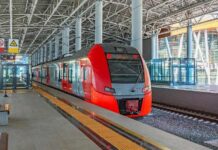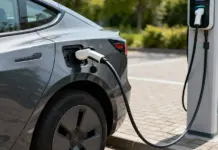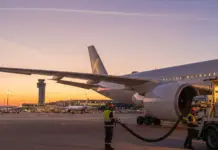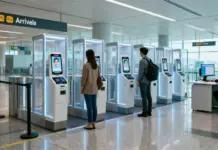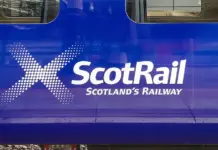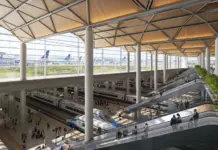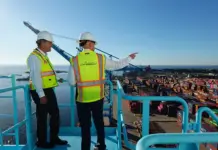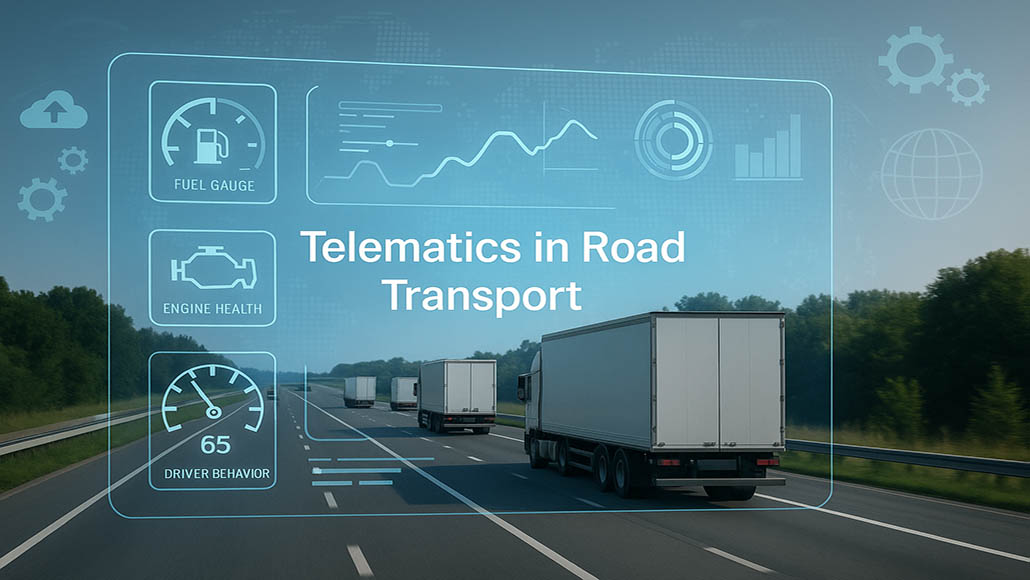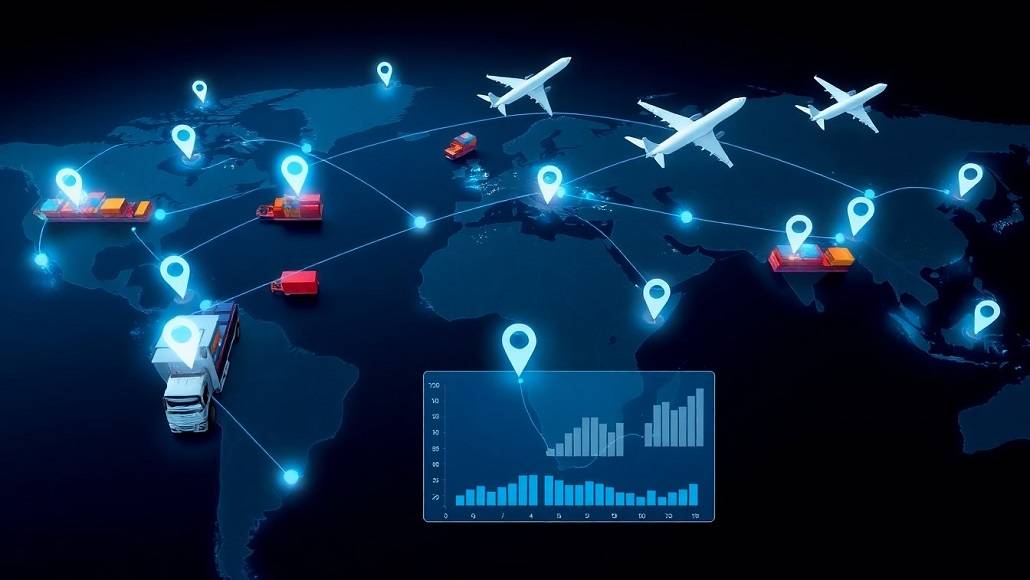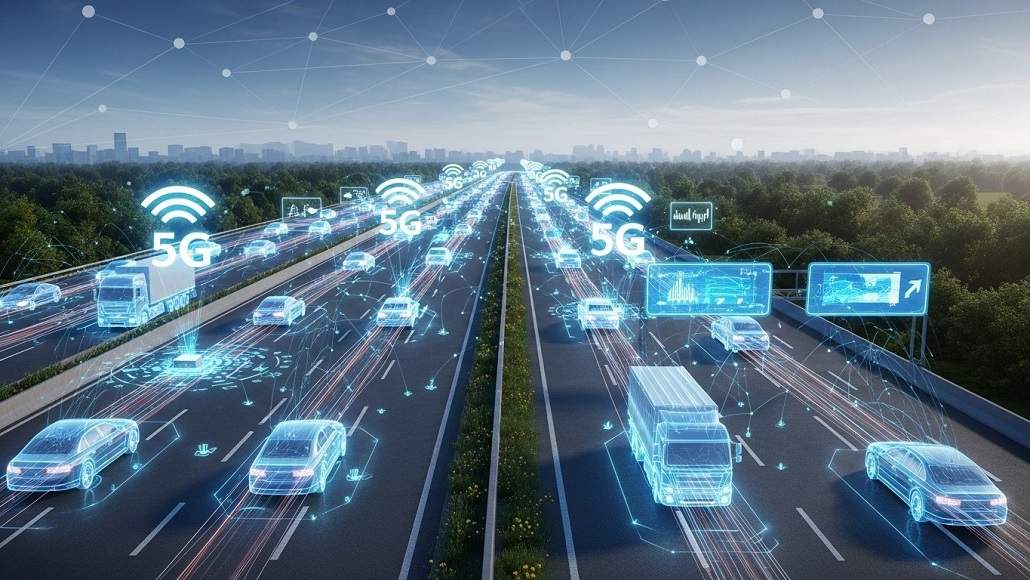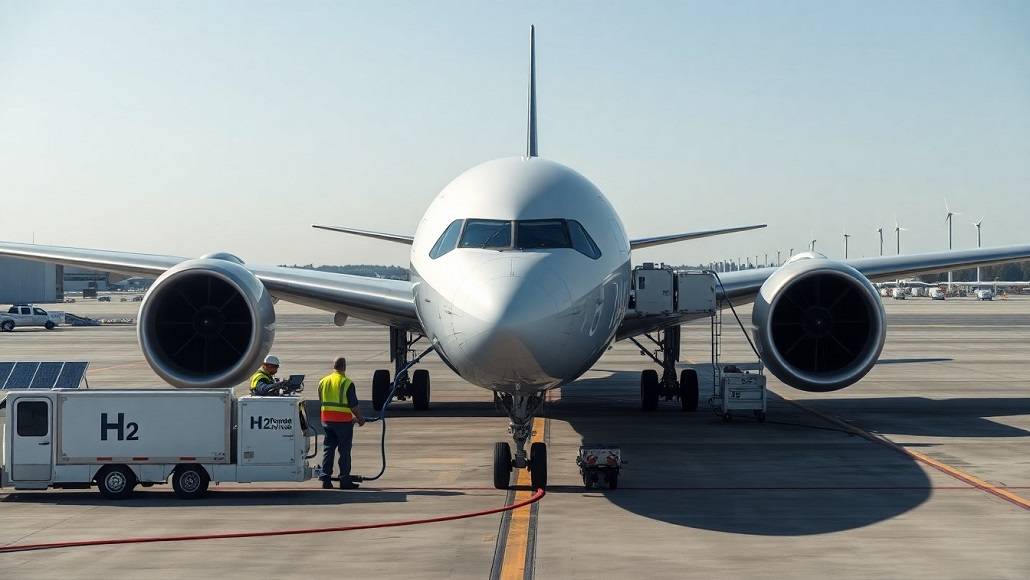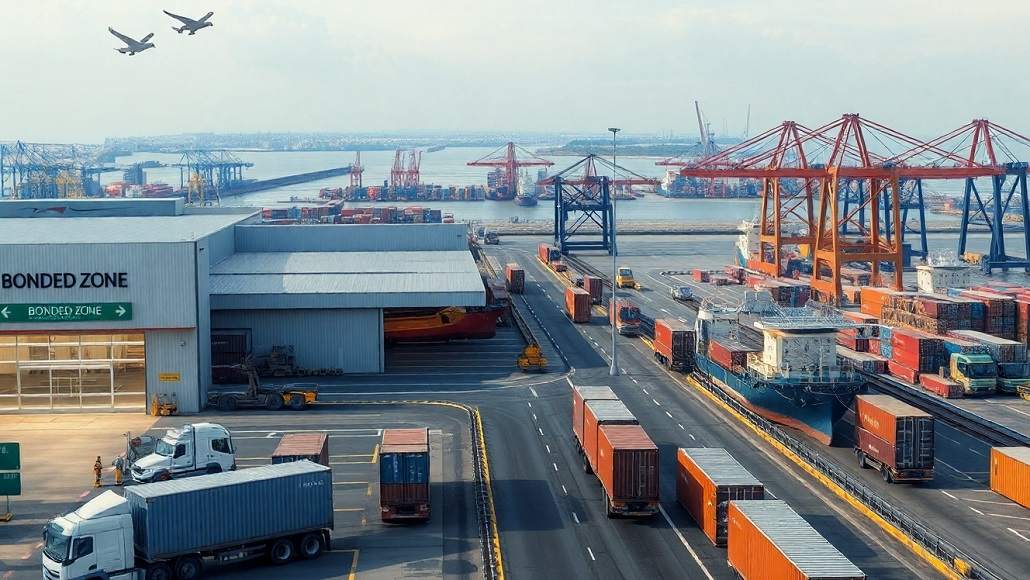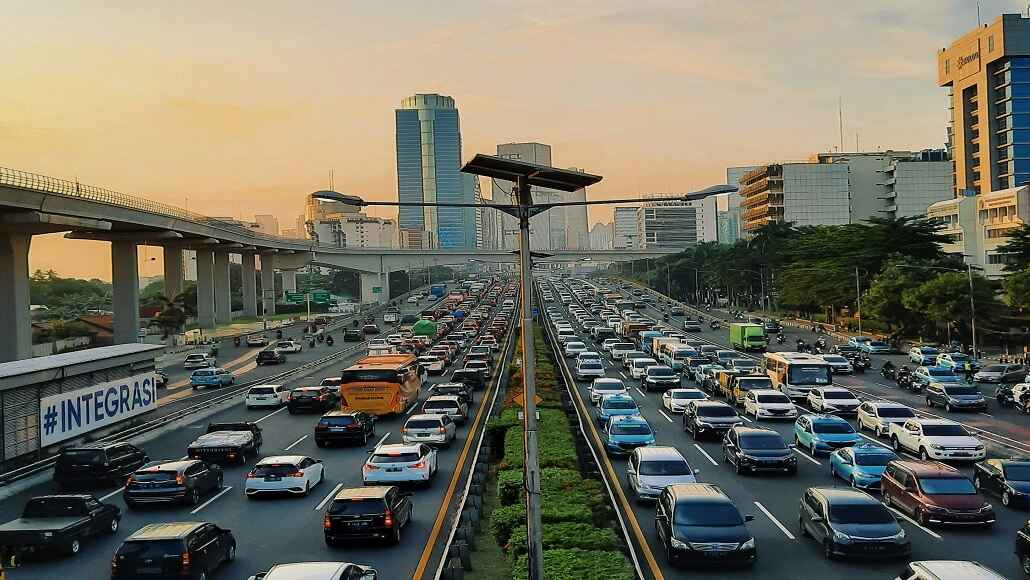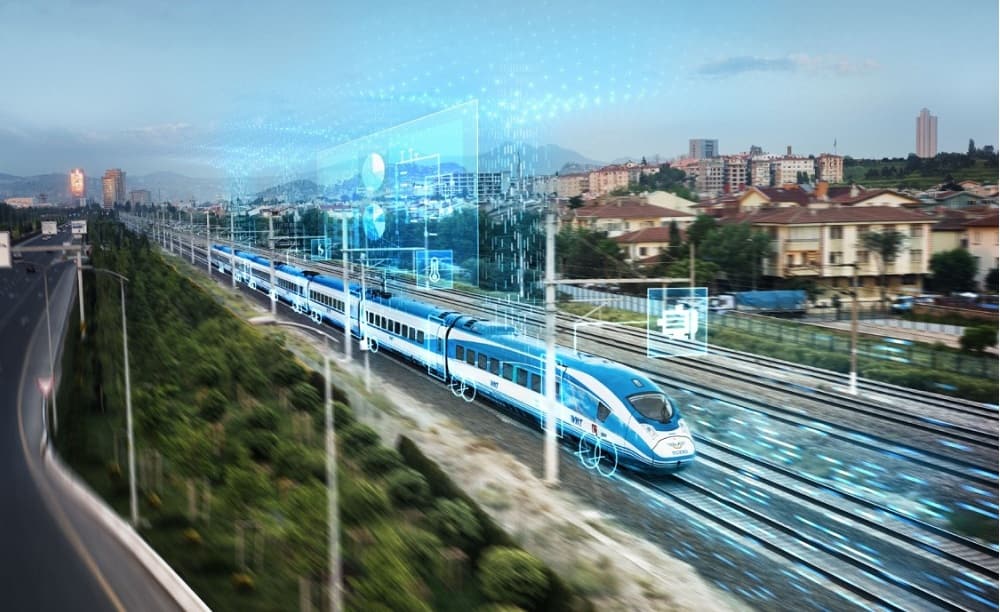Driverless trains, as the name suggests are automated to an extent where the human intervention stands minimal. Significant inroads have been made by technology giants in this regard. Trains are monitored by an operational control centre which effectively controls the functioning and at the same time adjusts as per the required changes. Just imagine a scenario where trains are automatically positioned for service with a prescheduled timetable or by an operators command; seamlessness at its best, isn’t it?
It is well to be noted that driverless operations increase system availability and network capacity to attain the highest level of efficiency which is apparent from the acceptability that this system has attained over a period of time. The fact that we are tilting towards this technology with digitization taking over the signalling systems makes sure an efficiency of 99.99% and not 90%.
The path is confined
The reason why driverless trains have become a reality today and have been fast catching up across the world is that unlike driverless cars, their path is confined to the rail network. So the trains can travel either backwards or forward without deviating from their respective path.
How does it work?
The automatic driver console has complete control over the arrival, departure, and stoppage of the train. Even the opening and closing of the doors comes under the purview of the driverless system. Not only that, in cases where their passenger volume happens to be high, additional trains are automatically sent into operation just at the click of a button. Having said that, an attendant is still present on board in case any unusual situation arises such as a system failure. There are also instances where the unattended driverless mode is operational these days. As the name suggests, the only difference is the absence of human intervention or attendant on board the train. Besides, the regular operations, the driverless mode also includes:
- Coupling & Uncoupling of bogeys
- Stabilizing bogeys
The technology involved
Driverless trains adopt the technology called Communication based train control- CBTC where the communication happens between the train and the equipment on the track. The method is useful in-
- Identifying the train position and its safety
- Bogey alignments & stability
The functioning of a CBTC enabled train is completely dependent on human-fed data. In most of the networks where CBTC is involved, data transfer between trains and tracks is carried using wireless communication, essentially global system for mobile communication for railways- GSM-R & also wireless local area networks.
Benefits of a driverless train
Some of the symbolic benefits of a driverless locomotive are-
- Energy efficient
- Economical
The phenomenal advantages of driverless technology are that its automated systems calculate where and how the train should be accelerated or stopped, giving more precision to the arrival & departure time.
Digital signalling has started to spread its wings
Driverless technology has found an ideal partner in Digital signalling which allows trains to run closer together, therefore increasing the number of trains running on the network that further leads to an increase in the capacity too. It is always observed that traditionally signals at the side of the tracks control the movement of the train. Digital signalling has gone a notch higher where the technology directly gets transmitted to the console and lets the drivers or the system know of the speed, analyze faults and hence in the process makes the entire system efficient to the core.
Unlike the traditional signalling system, data plays a pivotal role in digital signalling. The data from the pre-entered route gets fed in the console and the sensors keep the system updated on the track and route on which the train is plying. This indeed has become one of the most engaging technologies which have come up in the transport sector recently. Few of the metro projects have adopted the driverless and digital signalling technologies since the length of the rail network happens to be less in there. However, it may take time before the long routes are up and running with this way of plying.
Both these systems howsoever equipped and automated they might be, carry the tag of being unmanned and which is where apprehensions come in the picture. However, their quest of offering high levels of efficiency and accuracy cannot be questioned and which is where they are striking the most.


